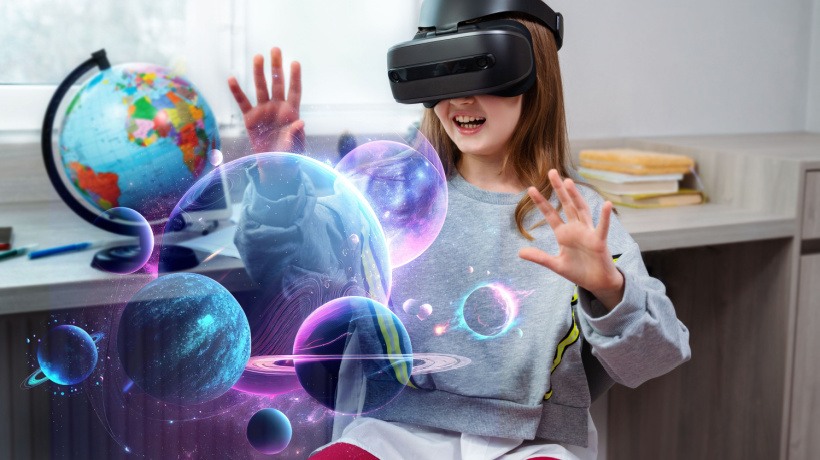Augmented Reality: Enhancing Reality with Technology

Augmented Reality (AR) is a transformative technology that overlays digital information onto the physical world, enhancing the user’s perception of reality. Unlike virtual reality, which immerses users in a completely digital environment, AR integrates digital content seamlessly with the real world. From gaming and education to healthcare and retail, the applications of AR are diverse and far-reaching.
Introduction to Augmented Reality
Augmented Reality, often abbreviated as AR, refers to the technology that superimposes computer-generated images, videos, or information onto the user’s view of the real world. This blending of virtual and physical realities creates an immersive and interactive experience for users. The concept of AR dates back to the 1960s, but significant advancements in technology have propelled its popularity in recent years.
How Augmented Reality Works
At its core, Augmented Reality relies on a combination of hardware and software to merge digital content with the user’s environment. AR systems typically consist of sensors, cameras, displays, and processors. These components work together to track the user’s position and orientation in real time, allowing virtual objects to interact with the physical world.
Applications of Augmented Reality
AR in Gaming
One of the most well-known applications of AR is in gaming. Popular mobile games like Pokémon GO have introduced millions of players to the concept of augmented, allowing them to interact with virtual creatures overlaid onto their surroundings.
AR in Education
Augmented has also found its way into the education sector, offering immersive learning experiences for students. AR apps can bring textbooks to life, allowing students to interact with 3D models of scientific concepts or historical events.
AR in Healthcare
In the healthcare industry, AR technology is revolutionizing medical training and patient care. Surgeons can use AR overlays during procedures to visualize internal anatomy in real time, leading to more precise and efficient surgeries.
AR in Retail
Retailers are leveraging AR to enhance the shopping experience for customers. AR apps enable virtual try-ons for clothing and accessories, allowing shoppers to see how items look before making a purchase decision.
Benefits of Augmented Reality
The adoption of Augmented Reality offers several benefits across various industries:
- Enhanced User Experience: AR enhances the user experience by providing immersive and interactive content.
- Improved Learning Outcomes: In education, AR aids in better understanding complex concepts through visualization.
- Enhanced Visualization in Healthcare: AR assists healthcare professionals in visualizing medical data and performing procedures with greater accuracy.
- Increased Customer Engagement in Retail: Retailers can boost customer engagement and sales by offering AR-powered experiences such as virtual try-ons.
Challenges and Limitations of Augmented Reality
While Augmented Reality holds immense potential, it also faces certain challenges and limitations:
- Technical Limitations: AR technology still faces challenges related to tracking accuracy, latency, and display resolution.
- Privacy Concerns: The collection and use of personal data in AR applications raise privacy concerns among users.
- Cost of Implementation: Implementing AR solutions can be expensive, especially for small businesses or educational institutions with limited budgets.
Future Trends in Augmented Reality
Looking ahead, several trends are expected to shape the future of Augmented Reality:
- Integration with Wearable Devices: AR technology is likely to become more seamlessly integrated with wearable devices such as smart glasses, enabling hands-free interactions.
- Advancements in AR Software: Continued advancements in AR software algorithms will improve tracking accuracy and enable more realistic virtual overlays.
- Expansion of AR in Various Industries: Augmented Reality is poised to expand into new industries beyond gaming and retail, including manufacturing, architecture, and entertainment.
Conclusion
Augmented has emerged as a transformative technology with diverse applications across industries. From enhancing gaming experiences to revolutionizing healthcare and education, AR is reshaping the way we interact with the world around us. While challenges exist, the future of Augmented looks promising, with continued advancements driving innovation and adoption.



Leave a Comment